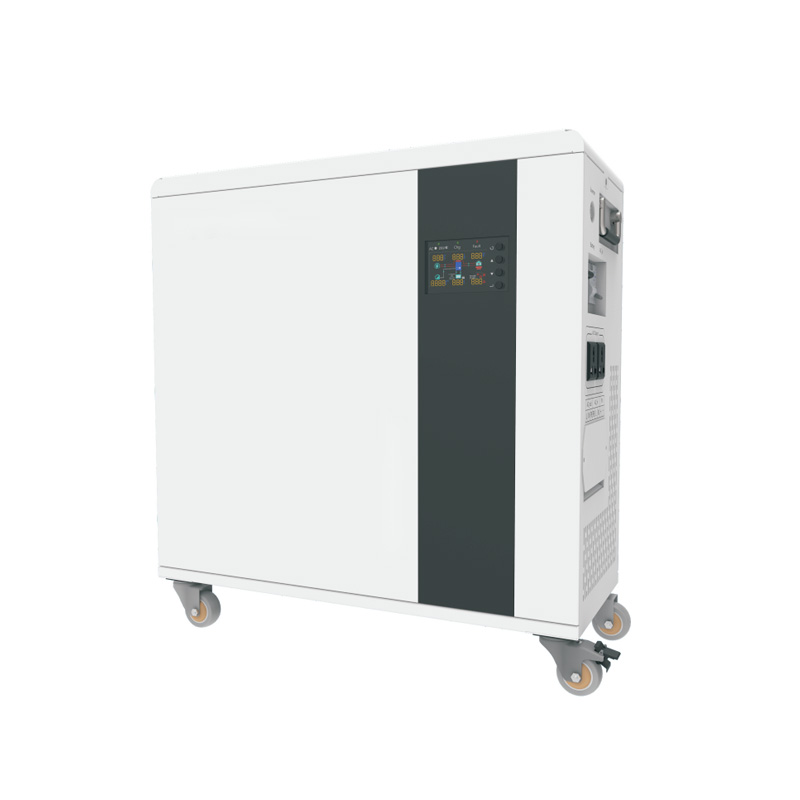

The application, the resources that are available, and the budget all influence which energy storage technology is ideal. The following are a some of the more well-liked energy storage solutions:
Lithium-ion batteries are extensively utilized in both large- and small-scale energy storage applications. They have a long cycle life, a high energy density, and quick charging times. For EV batteries, load balancing, and backup power, lithium-ion batteries are frequently employed.
Flow Batteries: By simply adding extra chemical tanks, one can increase the amount of energy stored in a flow battery. Because they can hold energy for extended periods of time and release it at a controlled rate, they are frequently employed for grid energy storage.
Pumped hydro storage: This technique turns excess energy into stored energy by pumping water from a lower reservoir to a higher reservoir. The water runs down the shaft to power turbines, which produce electricity during periods of high demand.
Compressed Air Energy Storage (CAES): By compressing air into tanks or subterranean caves with surplus energy, compressed air energy storage systems produce stored energy. The compressed air is released and used to create power during periods of high demand.
Thermal Energy Storage: When extra energy is available, it can be utilized to heat or cool a storage medium, like molten salt or water, which can subsequently be used to produce electricity when needed.
The optimal energy storage system ultimately depends on a number of variables, including the needed capacity, the resources that are available, and the particular application. For some applications, a combination of various energy storage devices could be the optimum option.
